On March 1st, Camas High School will introduce more students on campus for small group learning. As schools across the state push to reopen, teachers are at a crossroads. The goal is to get students back in the classroom this year, but not all teachers and staff members have been able to receive the COVID-19 vaccine.
Currently, under Washington state’s COVID-19 vaccine phases of 1A tier, 1A tier 2, and 1B tier 1, the following people are eligible to receive it: high-risk healthcare workers in health care settings, high-risk first responders, long-term care facility residents, all other workers at risk in health care settings, all people 65 years or older, all people 50 years or older in multigenerational households (home where individuals from 2 or more generations reside such as an elder and a grandchild). For the most part, Washington teachers are not able to get vaccinated because they do not fall under these specific categories. However across the Columbia River in Oregon, teachers are listed as a top priority. According to Oregon.gov childhood providers, early learning and K-12 educators and staff have been eligible to receive the vaccine since the week of January 25th.

Some fortunate CHS teachers have been able to get vaccinated in Oregon, like Spanish teacher Jill Cuéllar and English teacher Sam Hicks. Cuéllar received her first dose of the Pfizer vaccine on January 31st, and Hicks received his first dose of the Pfizer vaccine on February 9th.
Cuéllar said, “I do not reside in Oregon, but I am a patient at OHSU, and since they began vaccinating educators on January 25th, I guess that qualified me. They contacted me to attend a vaccination clinic. There were a lot of people in line, probably hundreds, and it seems the majority were educators.”
Hicks said, “I live in Oregon, so I am eligible for vaccination earlier than my peers who live in Washington, even though some are at much greater risk. As much as it would make sense to vaccinate the highest risk staff and community members before me, my being vaccinated may offer some of my Washington peers, student, and their families some additional protection. This experience has also helped me assist some of my vulnerable neighbors who had trouble getting signed up through the online portal.”

“I had always planned to get vaccinated and had volunteered for clinical trials at OHSU. I like to set an example for students and believe that when you can, you should step up for the community when you have an option of public service,” Hicks added.
Unfortunately, Cuéllar experienced side effects from the vaccine.
“I literally had all the side effects listed on the handout they gave me! Fever, chills, body aches, fatigue, headache. They only lasted about 14 hours, phew!” she said.
Cuéllar and Hicks’s situations are unique among CHS teachers. Most of them plan on getting vaccinated in Washington when they meet the vaccination phases criteria.
CHS math teacher Alisa Wise said, “I have no idea…I have been checking daily, and I am ‘high risk’. It still says I am ‘unable’ to get the vaccine at this time.”
CHS civics teacher Eric Linthwaite said he has no clue when he will be able to get the vaccine. “Our state isn’t making it easy to figure that out – maybe sometime in April? I plan to get it as soon as I’m eligible and it’s available though,” he added.
CHS U.S. history teacher Bronk Williams said, “I am less than 50 years old, so I am in the fourth group to get the vaccine. I am not exactly sure when that will happen. I plan to get the vaccine as soon as possible.”
The current system for distributing the vaccine in Washington state causes confusion and anger among teachers. CHS teachers are frustrated that vaccinating teachers is not as high of a priority in their state as it is in Oregon.
Wise said, “The current system is very confusing and it is causing a lot of confusion and anger. I know of some friends who do not fall in any of the categories who have gotten their vaccines. I know of educator’s friends in other states who are now fully vaccinated (both doses). Meanwhile, we are pushing to return to school (which is very important), but we have no vaccine… it has been cumbersome and frustrating to say the least.”
CHS teachers have differing opinions on whether teachers should be considered essential workers. For them, it depends on the context of the situation.
Linthwaite said, “Any teacher being called upon to work in person should be considered essential – why would they be called to work in person in the midst of a pandemic that’s routinely killing 4000 Americans a day if they weren’t essential?”
He added, “If teachers can work remotely, they shouldn’t be considered essential. Ultimately, not all teachers are the same or doing the same job, so a blanket description of them is problematic. Early elementary teachers are more important to get back fully into the classroom due to the unique needs of younger children.”
Williams said, “I think we are being asked to do a task that will either put us in proximity to the same young people for a long period of time (elementary teachers) or many sets of older but still young people for an extended time (middle and high school). We are not covered in PPE like people in the medical profession or asking to briefly see people like in the food market.”
“If we are going to return to in-person learning, then yes, definitely we should be considered essential workers because we will be in contact with dozens of students (and all their contacts) each day. Also, returning to in-person learning will be mandatory for teachers unless we want to use sick leave, so we should have the option to get the vaccine if we want it before being required to return in-person.”
Wise has a different outlook on the situation.

“How do you place the lives of those at highest risk of losing their life below others. But at the same time, those who are in such need of social emotional welfare (our students) need us back. There is no one right or wrong answer unfortunately…and all of this requires more… patience. We are so close, but so far. I know this is not an answer, but unfortunately, in these tough circumstances, I think there are no ‘right answers’,” she said.
As Oregon pushes to have all educators vaccinated before the return of in-person learning, it asks the question whether Washington will follow suit. Teachers weighed in with their thoughts on this issue.
Linthwaite said, “I don’t think teachers should have to be vaccinated before returning to work but I do think they should have the option first. Requiring the vaccine at a time when they can be difficult to obtain (and when it’s not entirely clear what or how likely the complications are with the vaccine) is a problem, but in the future, when they become easy to get, it will make sense to require them. Obviously anyone working face to face with a lot of people should be vaccinated.”
Wise said, “I feel this is a deeply personal choice. So many factors to consider that are between the individual and their health care provider. I am in no position to stand as a judge for someone else. I feel we can have small group learning prior to herd immunity, which doesn’t require one-hundred percent vaccination.”
Williams said, ““I feel like that is the safest thing to do for teachers and their families.”
Cuéllar said, “I think we should have the majority of teachers vaccinated before returning – we are so close to getting the vaccine for many people, so we shouldn’t rush it! I know that no one can be forced to get the vaccine, but the more, the better. I believe in herd immunity and would feel much more comfortable being around people where the majority of us are vaccinated.”
The arrival and distribution of the vaccine over the last couple of months gives teachers hope that students will be back in the classroom soon.
Williams said, “Yes, while I don’t know how spring 2021 will look. I feel like by fall 2021, we will be back to normal.”
Wise said, “The various vaccines coming out with various results also give me hope. I just hope those in power do not continue to move the ‘goalposts’.”
Hicks said, “The vaccine should give us all some hope. Even those of you younger than 16 should have some hope. I’m not merely hoping to get ‘back to normal.’ What I am hopeful about is the future that this reveals to us. By overcoming this challenge, we are better prepared for the next one. I am optimistic that this experience will give us a chance to return to in-person teaching, and to tackle so many other challenges that will still be waiting for us. I don’t for a minute discount the really wonderful things that you students, your families, and the staff have done during this time. I’m so very proud of the students and all the amazing things that they have done for the past year.”
He added, “Moreover, I think that, while we have come to recognize that the classroom may be a convenient place to learn and its purpose is built for it; it is not by itself sufficient for learning to occur. School is not just a place.”

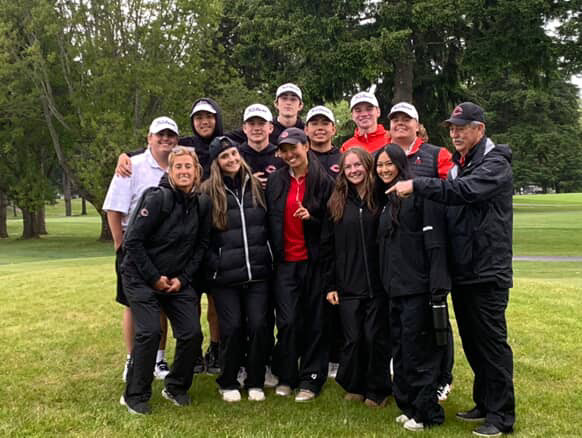














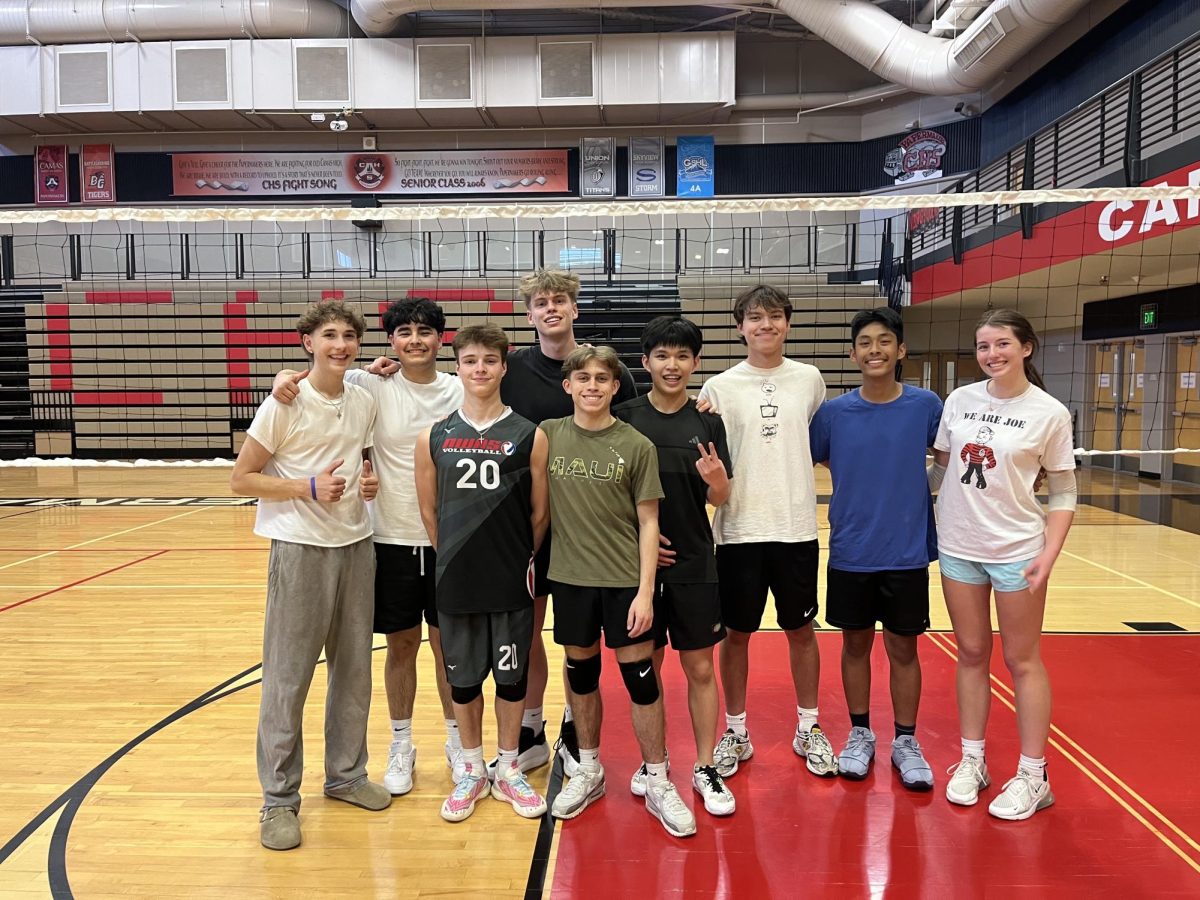
















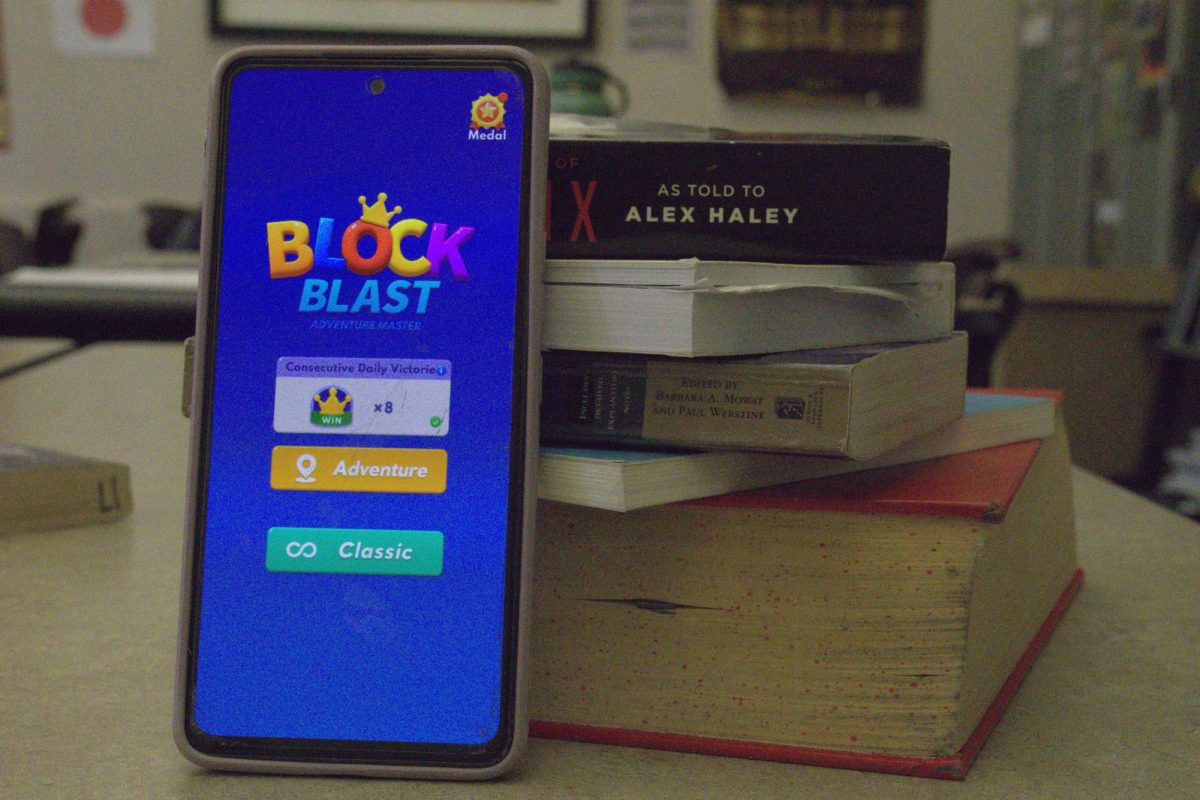
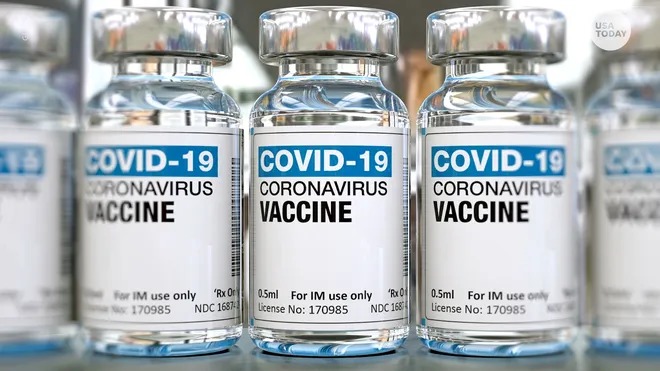
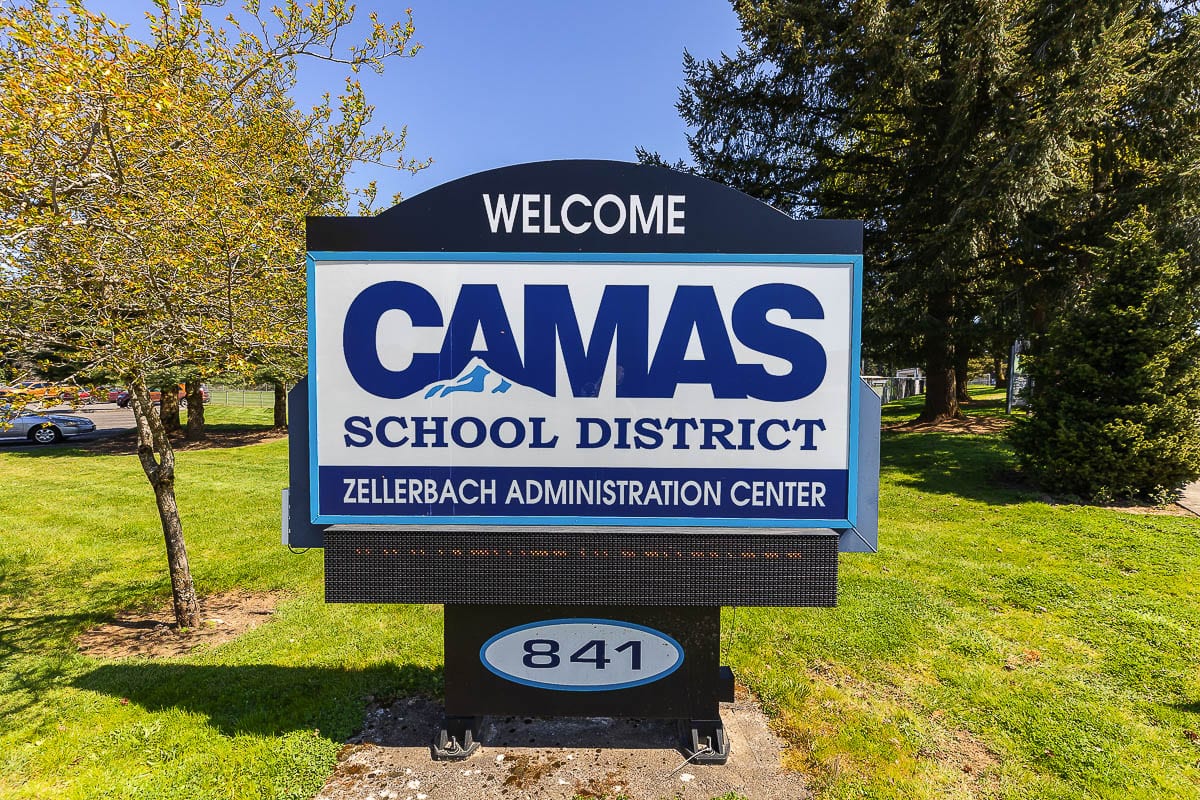
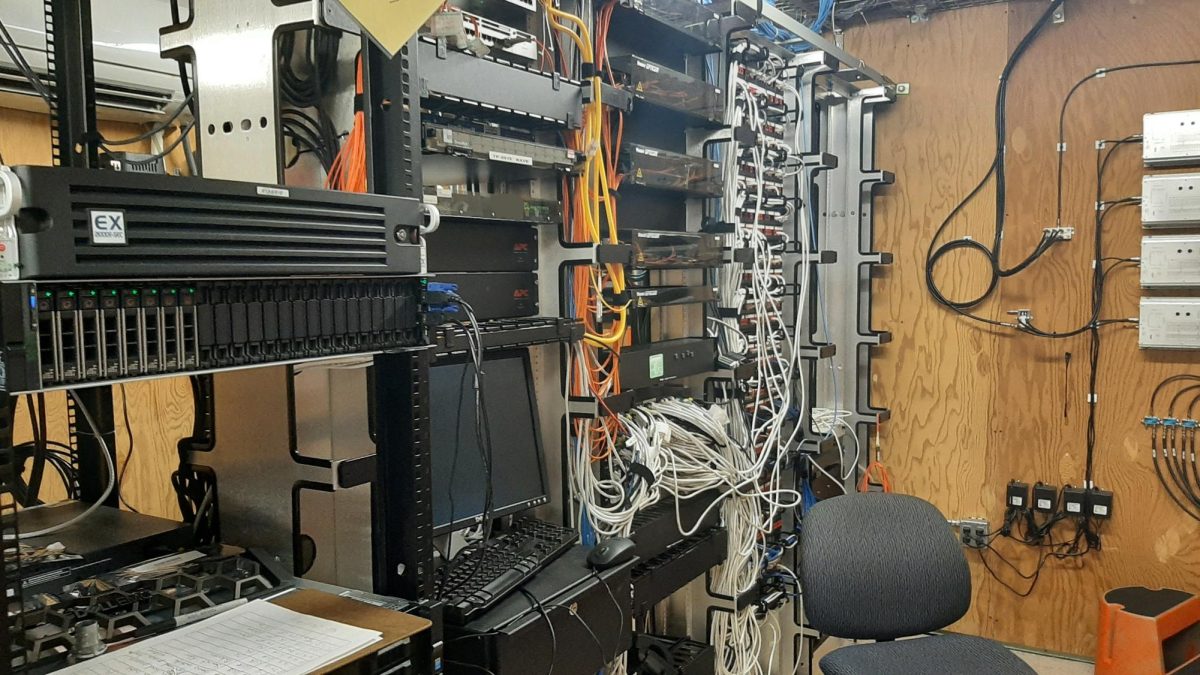
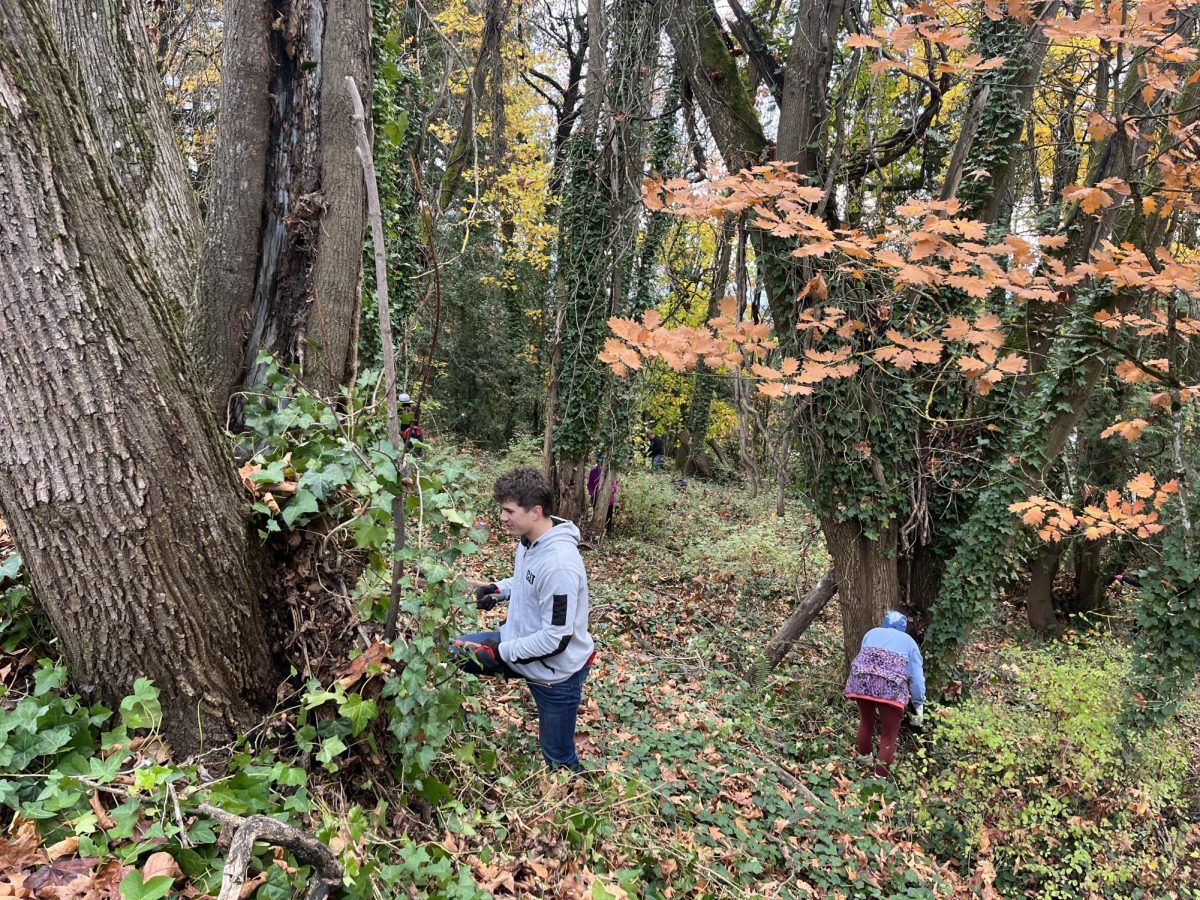

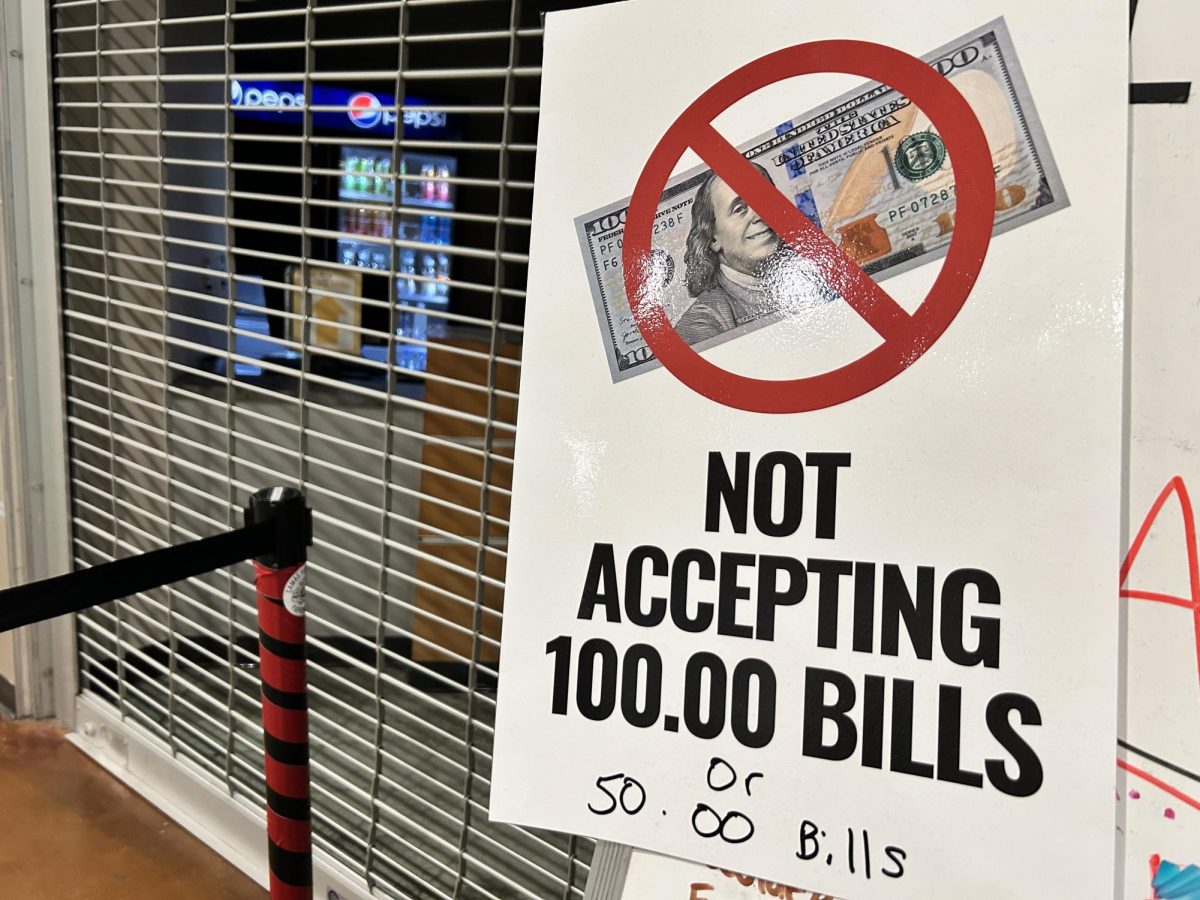
Mark G. • Feb 11, 2021 at 7:03 AM
Thank you for highlighting the complexity of this issue in a balanced way using a variety of authentic voices close to the matter. And Mrs. Wise is spot on: there is no one right answer that is going to work for everyone, which makes this such a challenging problem.
Mary Bardmess • Feb 10, 2021 at 1:16 PM
Very good reporting! I have been looking for more detailed information and found it here. It is sadly true that vaccinations are hard to come by and the communication from the state is terrible. While I agree that teachers should come first for vaccinations, that will not get my 9th grade grand daughter to return to school. Even if all her teachers are vaccinated it does not protect the members of the three generation family she comes home to. I wish more families understood that. High school students transmit the virus among each other without symptoms and bring it home to their families. Judging by the signs I see around town many voters do not understand this.